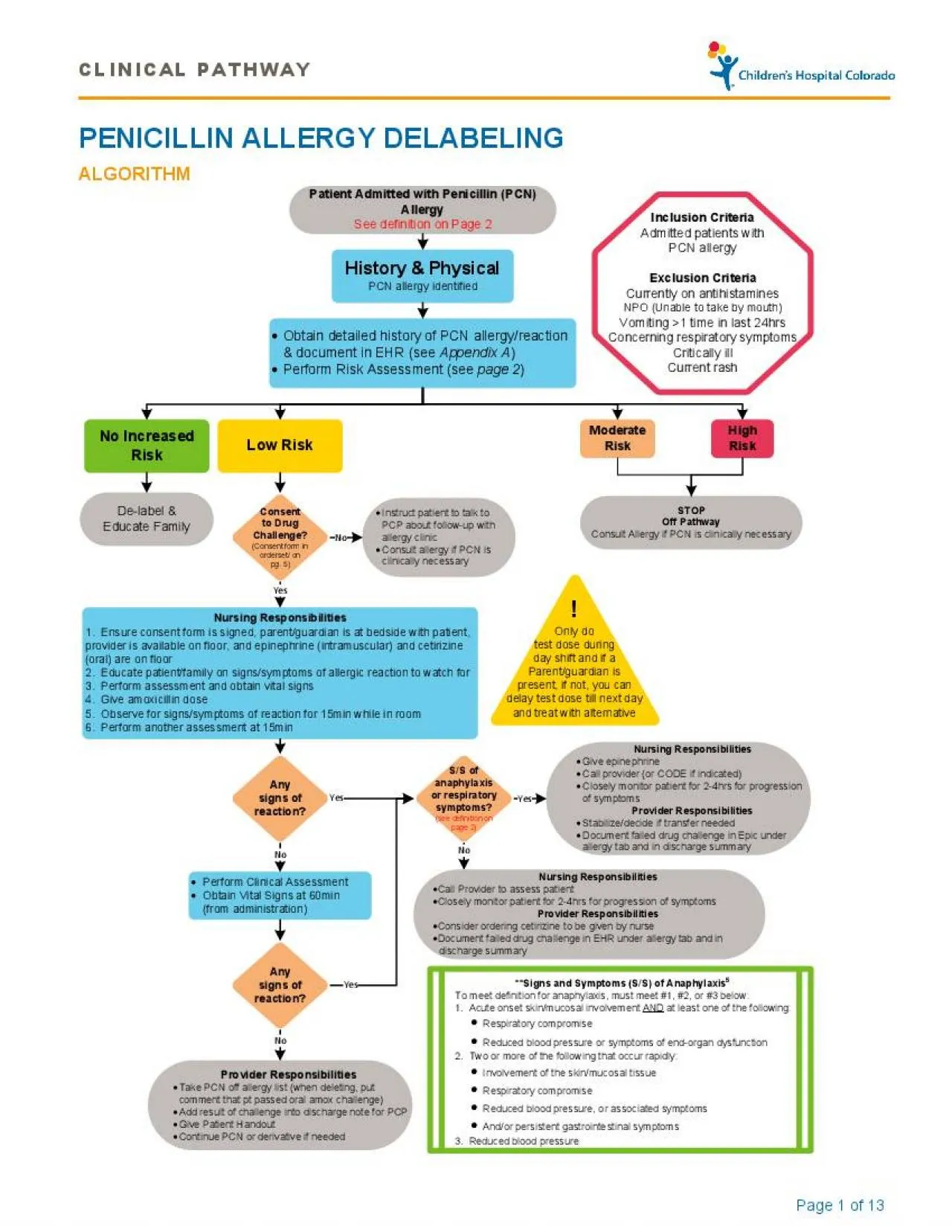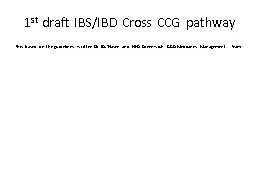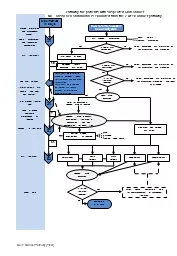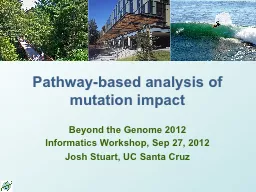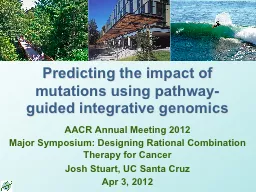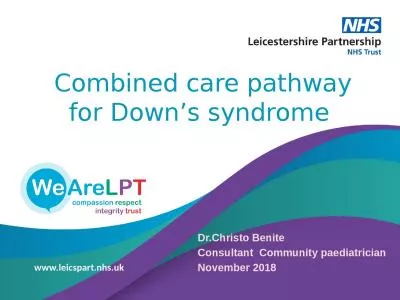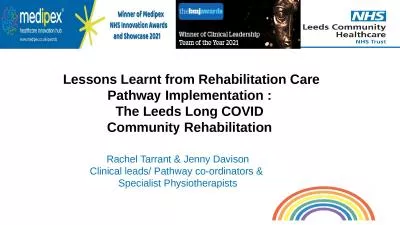PDF-CLINICAL PATHWAY
Author : mia | Published Date : 2021-10-06
Page 1of 13PENICILLIN ALLERGY DELABELING ALGORITHMHistory PhysicalPCN allergy identifiedOnly do test dose during day shift and if a Parentguardian is present if
Presentation Embed Code
Download Presentation
Download Presentation The PPT/PDF document "CLINICAL PATHWAY" is the property of its rightful owner. Permission is granted to download and print the materials on this website for personal, non-commercial use only, and to display it on your personal computer provided you do not modify the materials and that you retain all copyright notices contained in the materials. By downloading content from our website, you accept the terms of this agreement.
CLINICAL PATHWAY: Transcript
Download Rules Of Document
"CLINICAL PATHWAY"The content belongs to its owner. You may download and print it for personal use, without modification, and keep all copyright notices. By downloading, you agree to these terms.
Related Documents

